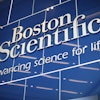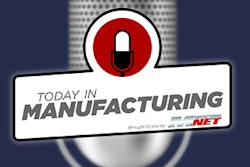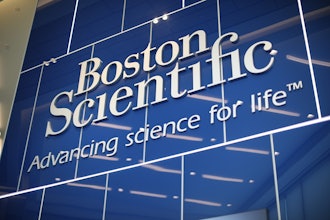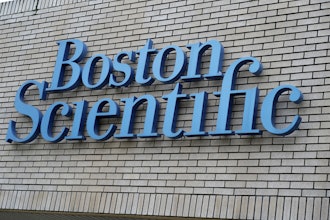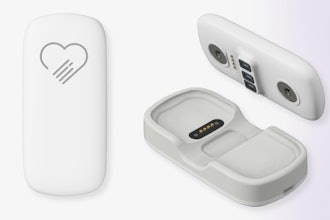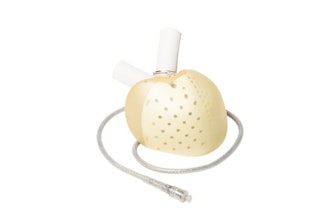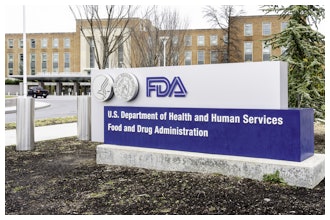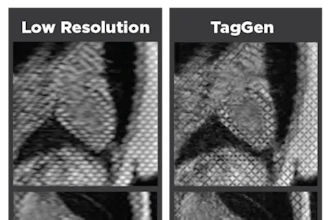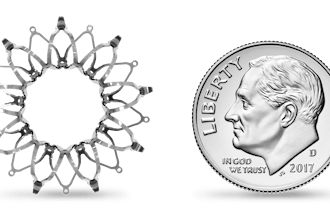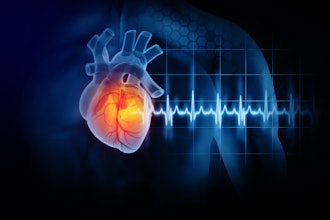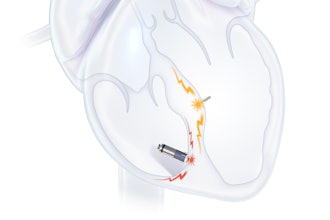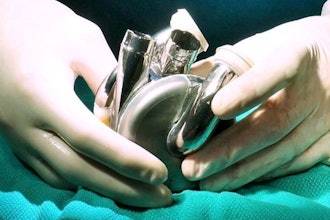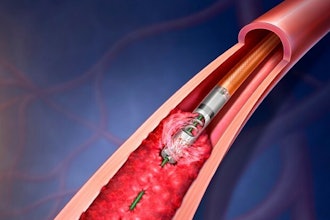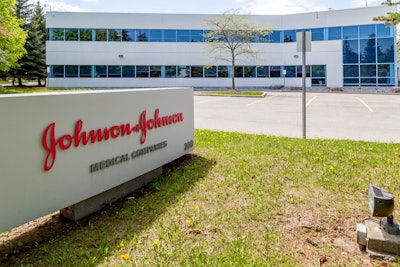
Biosense Webster, a provider of cardiac arrhythmia treatment and part of Johnson & Johnson MedTech, announced that several products in its cardiac ablation portfolio have received approval for a zero fluoroscopy workflow from the U.S. Food and Drug Administration (FDA). The products that can be used in this workflow include: THERMOCOOL SMARTTOUCH SF catheter -- the most commonly used ablation catheter in the world for RF ablation, THERMOCOOL SMARTTOUCH Catheter, CARTO VIZIGO Bi-Directional Guiding Sheath, PENTARAY NAV ECO High Density Mapping Catheter, DECANAV Mapping Catheters, and Webster CS Catheter. The updated workflow indicates that direct imaging guidance, such as ultrasound, may be used as an alternative to fluoroscopy.
The company received the label change based on an observational, prospective, multicenter registry that assesses real-world catheter ablation clinical outcomes, including procedural efficiency, safety, and long-term effectiveness in a broad group of patient populations with novel radiofrequency (RF) technologies in paroxysmal AFib patients. The REAL AF Registry is a first-of-its kind real-world evidence registry in the electrophysiology field, led by physicians and supported by Biosense Webster since 2019.
Cardiac arrhythmias are a growing epidemic. AFib alone is the most common type of cardiac arrhythmia and impacts nearly 37.5 million people worldwide, and 6 million people in the U.S. AFib is a progressive disease, and if left untreated can get worse over time or lead to other serious complications like heart disease or stroke. Catheter ablation is a safe and effective procedure to restore the heart’s incorrect electrical signals, which causes an abnormal heart rhythm.


